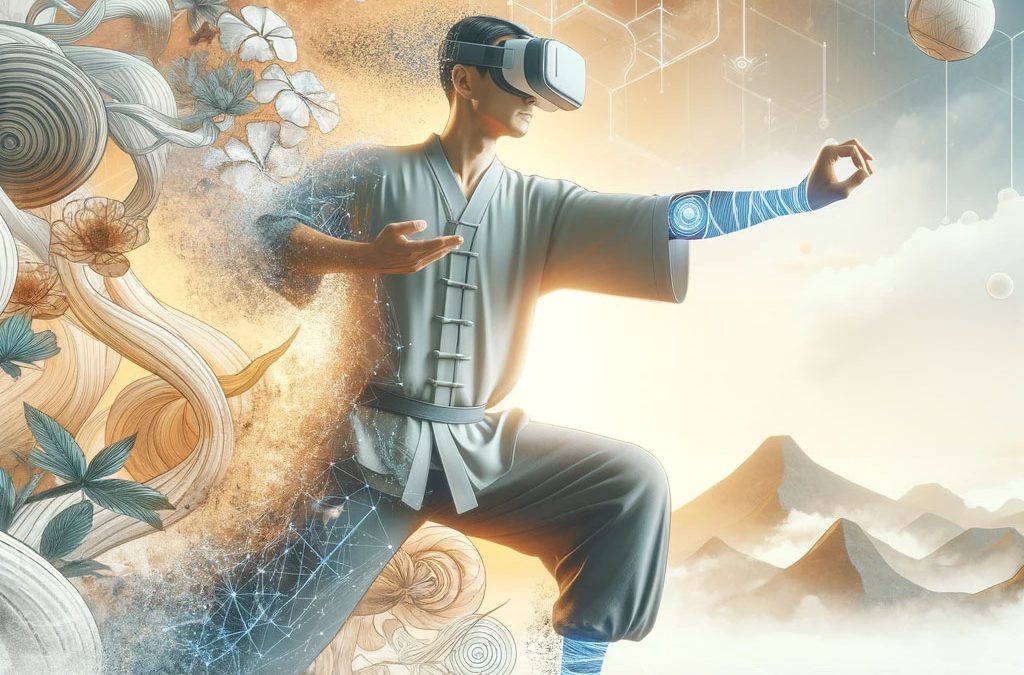In the quest to enhance rehabilitation techniques, especially for conditions like upper limb edema, the SUN XR project emerges as a pioneering endeavor, working on the integration of XR tools within rehabilitation.
Background: Upper Limb Edema and Current Rehabilitation Practices
Upper limb edema, characterized by swelling in the arm or hand, often arises from various medical conditions including trauma, surgery, or systemic diseases. Traditional rehabilitation approaches focus on physical therapy, compression garments, and sometimes medications like diuretics. However, these methods can be complemented by more holistic approaches.
The SUN XR Project: A New Frontier in Rehabilitation
The SUN XR project, funded by the European Union under the Horizon Europe program, is at the forefront of integrating XR technologies in rehabilitation. The project aims to create virtual environments that foster user engagement in therapeutic exercises, potentially enhancing treatment effectiveness and patient adherence.
Integrating Ancient Movement Arts: Tai Chi and Qi Gong
Tai Chi and Qi Gong, ancient Chinese practices known for their gentle, fluid movements, emphasize mind-body integration and have been used for centuries to promote physical and mental well-being. These practices are particularly beneficial for improving mobility, reducing stress, and enhancing lymphatic function – all crucial for managing edema.
The Novel Approach: Digital Avatars and Mirror Neurons
Envision a virtual reality where patients, adorned with VR headsets, mirror the movements of a digital avatar performing Tai Chi or Qi Gong. This immersive experience can activate mirror neurons – brain cells that mimic observed actions – potentially improving movement coordination and fluidity in patients with upper limb edema. The digital avatars provide a visual guide, making complex movements more accessible and engaging.
Scientific Evidence and Potential Benefits
Research indicates that Tai Chi and Qi Gong can improve balance, flexibility, and cardiovascular health. In the context of edema, these practices may enhance lymphatic drainage and reduce swelling. The added layer of XR could amplify these benefits by providing a more engaging and personalized rehabilitation experience.
Future Directions and Research
While the integration of Tai Chi and Qi Gong into XR rehabilitation for upper limb edema holds promise, further research is needed to establish its efficacy. Clinical trials comparing traditional rehabilitation methods with this innovative approach would be invaluable. Additionally, exploring the psychological impact of such immersive rehabilitation experiences could provide deeper insights into their holistic benefits. As we advance, this synergy between tradition and innovation could open new avenues in holistic healthcare and wellness.

